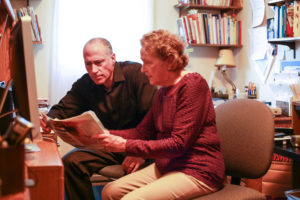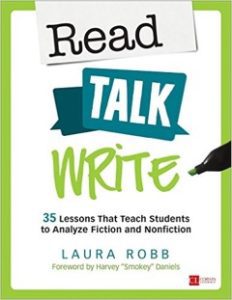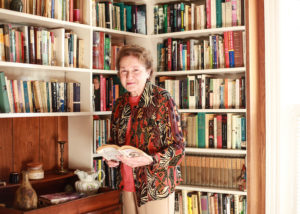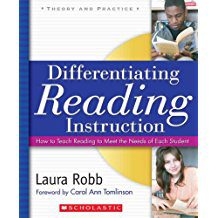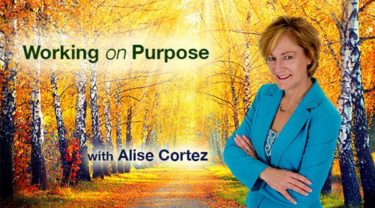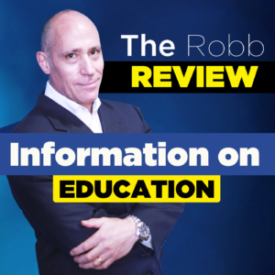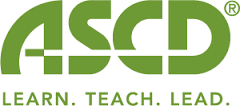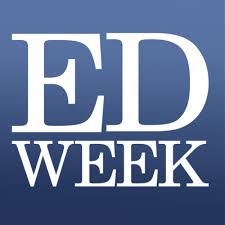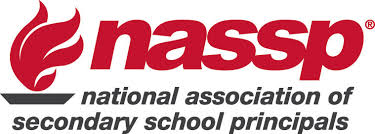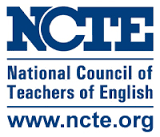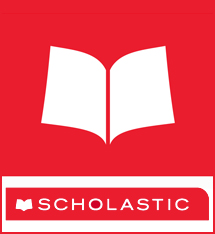Relationships With Students Matter!
During my first year of teaching, the principal of the K-6 school gave me this advice: “Get down to work immediately; give your sixth graders homework the first night; make students work hard from the minute they enter the classroom. Don’t waste time.” I quickly discovered that this advice, given with the goal of covering curriculum in mind, was definitely faulty.
That first year, I felt awkward and uncomfortable diving into the curriculum without knowing the students in my class. It wasn’t research that raised these feelings, for if there was any in 1963, I certainly hadn’t read it. After two days of trying to learn with students I knew nothing about and who knew nothing about me, I put myself into reverse and relived the opening days of school. For four consecutive days, I set aside thirty minutes a day to get to know my sixth graders and help them get to know me.
That first year of teaching I felt as if I was in the middle of the ocean with a life preserver, treading water to keep afloat. I was an English and French literature major—never took an education class. But here I was, in rural Virginia, facing students who were as curious about me as I was about them. So, in order to help them get to know me, I let them pepper me with myriad questions. Is New York really that big? Why did you come to Virginia? Have you taught school? Do you have children? Have you ridden a subway? Why do you read aloud in the morning? What was your sixth grade like? What do you do in your spare time?
Caring and Trusting Relationships
My responses were honest. Soon, instead of question-response, we were having conversations because many students started sharing information about their lives. As I learned about each one, the children became unique individuals with diverse feelings, needs, experiences, hopes, and dreams. At this point you might be wondering, why is it important to get to know every student you teach? As teachers form positive relationships with each student, trust develops between both and results in the building and strengthening of a community of learners.
Classroom communities that have strong, positive relationships between the teacher and students develop an environment that advances students’ social, emotional, and academic growth. In addition, strong, positive relationships between teacher and students promote positive behavior and feelings of self-worth and self-efficacy—an “I can” mindset—among students. In addition, when students develop self-confidence, they are more apt to take risks in their academic work and believe they can reach important goals. It’s never too late to build community and forge relationships with students. What follows are suggestions that can help you deepen your knowledge of students and at the same time nurture positive and trusting relationships.
Sticky Note Sharing
Give students two sticky notes; have them write their names at the top and record their likes on one and dislikes on the other. Ask students to post sticky notes on a wall or whiteboard keeping “likes” and “dislikes” together. Share and discuss the content of the notes without saying the students’ names. Return these to students and have them tape the notes on a clean, dated page of their readers’ notebooks. Complete the same exercise near the end of the year. Ask students to compare the sticky notes from the start of the year to those completed near the end of the year and write a short paragraph that notes and explains changes. You can use the prompts that follow or some of your own.
Why you like/dislike school?
What’s easy about reading? What’s hard about reading?
What’s easy about writing? What’s hard about writing?
Why do you like/dislike writing?
Getting to Know You Conferences
Set aside time for several five-minute getting-to-know-you conferences while students complete silent reading and/or work on writing. Try to meet with every student by the end of two to three weeks. The purpose of this conference is to discover students’ interests, hobbies, reading habits, favorite authors, and genre.
Open the conference by sharing your interests, favorite authors, etc. so students get to know you. Jot notes about what students say so you have reminders to refer to that can help you suggest independent reading books to students as the year unfolds.
Closing Thoughts
Always zoom in on students’ strengths–what they can do because progress comes from building on students’ strengths. In your heart and with your words and actions, project a growth mindset to students–an “I can do it” and “I can improve” outlook. Support them and continually point out small increments of progress. Knowing they’re moving forward and succeeding helps students continue to work hard, raise questions, and understand when they need extra support.
Keep the information you collect about each student in a file folder. You can also store assessments, journal work, writing about reading, tests, and quizzes in the folder. Periodically, review the contents of the folder to evaluate progress and decide whether to confer with a student and negotiate a goal. The more you keep track of and invest in each student’s learning, the more you communicate “I care” and continue to build positive relationships. By investing in great relationships with students throughout the year, the trusting bonds between you and them strengthen as does students’ motivation to work hard and learn.
Check out the Reading Intervention Toolkit! It’s a great resource for teachers!
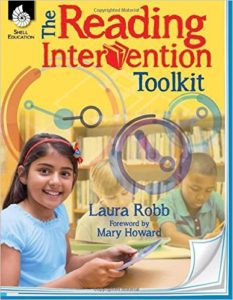
![]()

